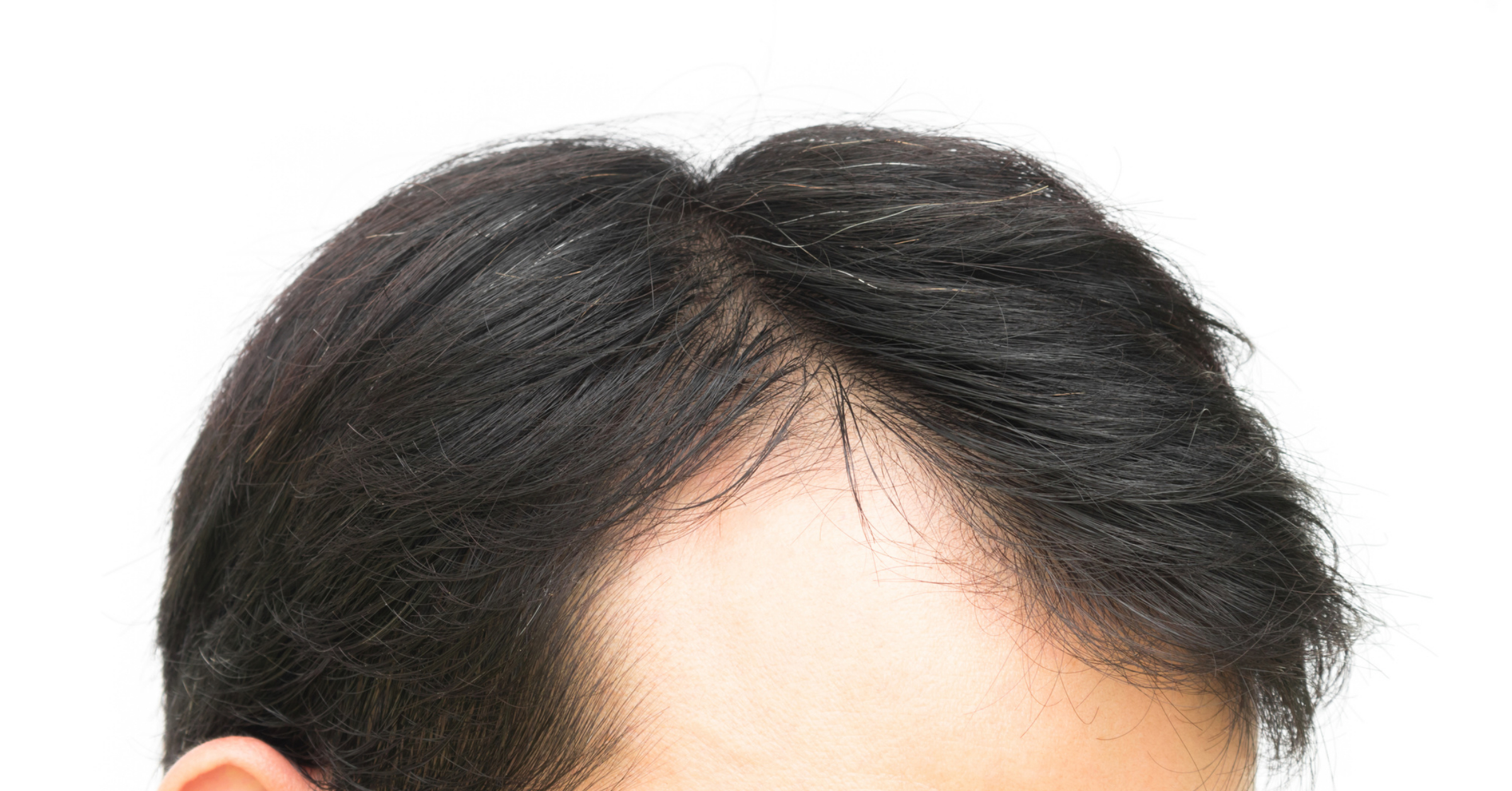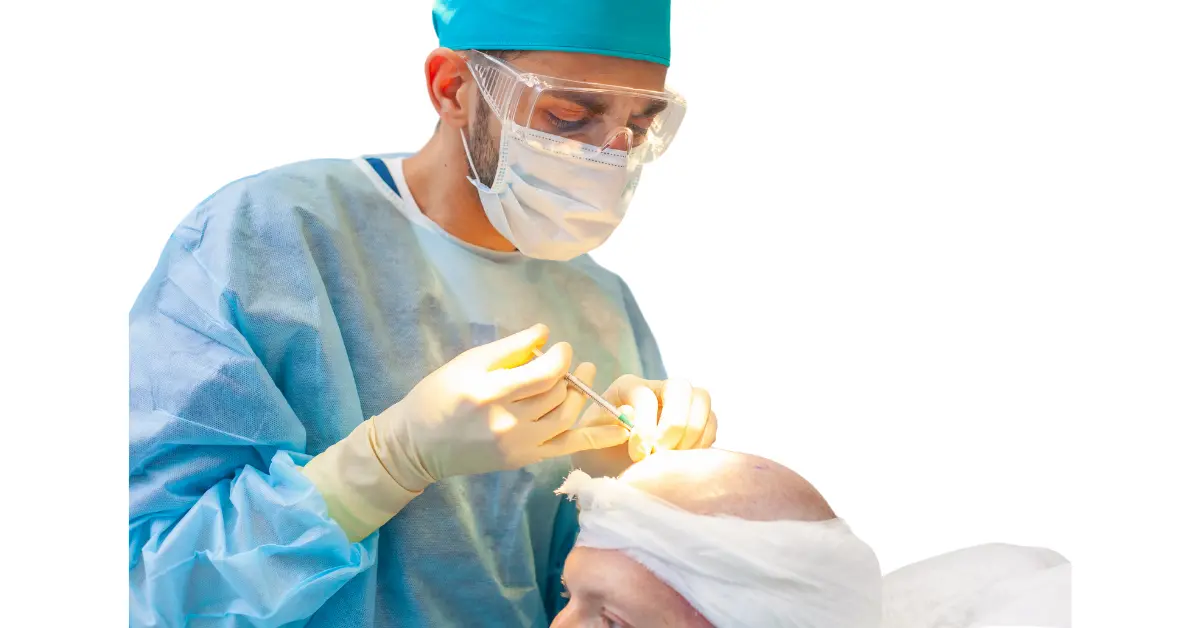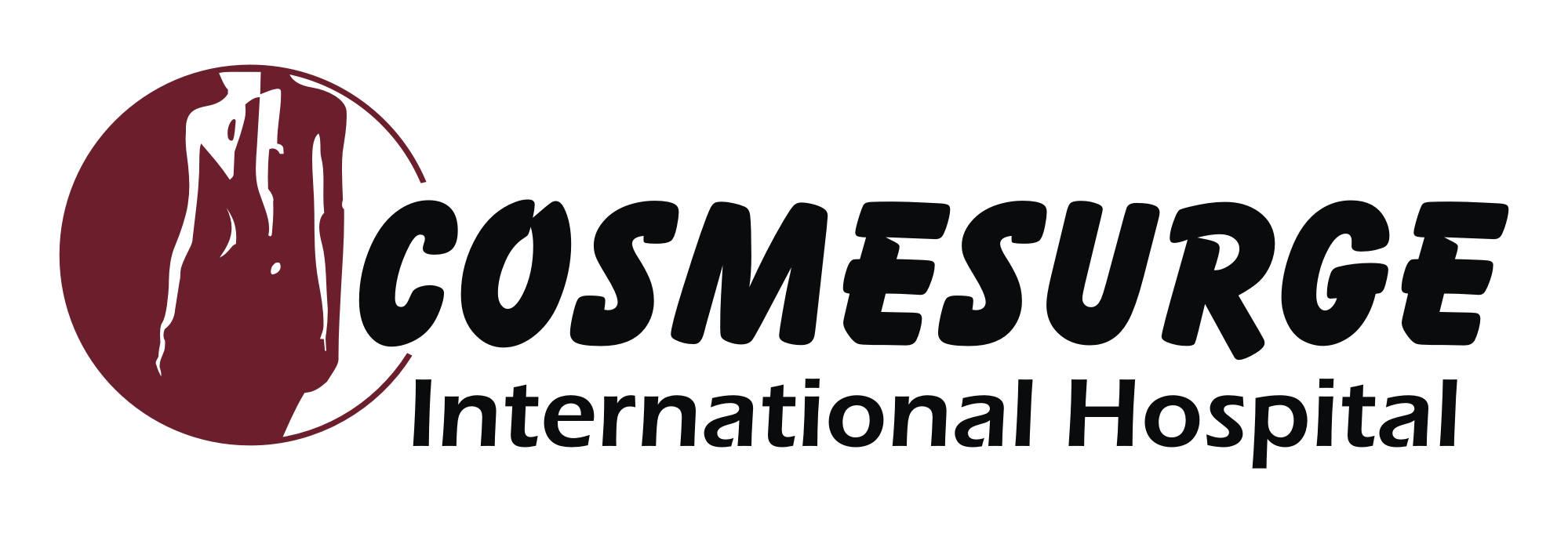To understand different hair transplant techniques, first we have to know about hair transplantation. Hair transplantation is a surgical procedure that involves moving hair follicles from one part of the body, known as the donor site, to another part where hair is thinning or balding, known as the recipient site. This procedure has gained significant popularity in recent years as an effective solution for individuals struggling with hair loss.
Hair transplantation can be performed using different techniques such as follicular unit extraction (FUE) or follicular unit transplantation (FUT). FUE involves extracting individual hair follicles from the donor area and implanting them into the recipient area, while FUT involves removing a strip of scalp from the donor area and dissecting it into individual grafts for implantation.
The success of a hair transplant largely depends on factors such as the patient’s age, extent of hair loss, quality and quantity of donor hair, and overall health. It is important for individuals considering this procedure to have realistic expectations regarding the outcome and understand that multiple sessions may be required to achieve desired results.
In this section, we will explore the basics of hair transplantation in more detail. We will discuss the different techniques used, potential risks and complications, post-operative care instructions, and expected outcomes. Whether you are experiencing male pattern baldness or looking to restore your eyebrows or beard, understanding the fundamentals of hair transplantation is crucial in making informed decisions about your treatment options.
Follicular Unit Transplantation (FUT)
To understand different hair transplant techniques here we discuss first one i.e Follicular Unit Transplantation (FUT) is a surgical hair restoration procedure that has gained popularity in recent years. It is a technique used to treat hair loss and baldness in both men and women.
FUT involves the removal of a strip of hair-bearing scalp from the back or sides of the head, which is then dissected into individual follicular units. These units are then meticulously transplanted into areas where hair growth is desired.
The main advantage of FUT over other hair transplant methods is its ability to harvest a large number of grafts in a single session, making it suitable for individuals with extensive hair loss.
The procedure is performed under local anesthesia, ensuring minimal discomfort for the patient. FUT provides natural-looking results as the transplanted hairs grow in the same way as the surrounding native hairs. The procedure also offers long-lasting outcomes since transplanted follicles are typically resistant to future hair loss.
However, it’s important to note that FUT does involve surgical incisions and therefore carries some risks such as potential scarring and post-operative pain. It also requires careful post-operative care, including following specific instructions on washing and protecting the newly transplanted area.
Overall, Follicular Unit Transplantation (FUT) offers an effective solution for those seeking
permanent hair restoration. Consulting with a qualified surgeon can provide more detailed
information about whether this procedure is suitable for individual cases of hair loss or baldness.
Follicular Unit Extraction (FUE) Understanding of Different Hair Transplant Techniques
To understand different hair transplant techniques 2nd technique is Follicular Unit Transplantation (FUT) is a widely used hair transplantation technique that has been practiced for several decades. It is considered the traditional method of hair restoration and has proven to be an effective solution for individuals experiencing hair loss or thinning.
In FUT, a strip of tissue containing hair follicles is surgically removed from the donor area, which is typically located at the back or sides of the scalp. The donor area is chosen because it usually contains hair follicles that are genetically resistant to balding.
Once the strip of tissue is extracted, it is carefully dissected into individual grafts containing one to four hair follicles each. These grafts are then transplanted into tiny incisions made in the recipient area, where hair loss or thinning has occurred.
One advantage of FUT over other techniques is that it allows for a larger number of grafts to be transplanted in a single session. This makes it particularly suitable for individuals who require extensive hair restoration.
However, it’s worth noting that FUT does leave behind a linear scar at the donor site, which can be noticeable if one prefers to wear their hair short. Nonetheless, advancements in surgical techniques have significantly reduced scarring and improved overall results.
Overall, FUT remains a popular choice among patients seeking permanent and natural-looking results in their hair restoration journey. With proper planning and expert execution by trained professionals, this traditional method continues to offer hope and confidence to those struggling with hair loss.
Follicular Unit Extraction (FUE): – Pros and Cons:
To understand different hair transplant techniques we have to know about Follicular Unit Transplantation (FUT) is a traditional method of hair transplantation that has been widely used for many years. In this procedure, a strip of hair-bearing scalp is surgically removed from the back or sides of the head, and then dissected into individual follicular units before being transplanted to the balding areas.
One of the main advantages of FUT is that it allows for the transplantation of a large number of grafts in a single session. This means that patients with extensive hair loss can achieve significant coverage in just one procedure. Additionally, FUT typically yields high graft survival rates, resulting in natural-looking and long-lasting results.
However, FUT does have some drawbacks that should be considered. The most noticeable disadvantage is the linear scar that remains on the donor area after surgery. While efforts are made to minimize scarring through advanced closure techniques, some patients may still experience visible scarring depending on individual healing characteristics.
Another potential drawback is the longer recovery time associated with FUT compared to other hair transplantation methods. Due to the nature of the surgical incision and subsequent suturing, patients may need more time to heal before returning to their normal activities.
It's worth noting that FUT may not be suitable for everyone. Individuals with limited donor supply or those who prefer to keep their hair short may find alternative methods like Follicular Unit Extraction (FUE) more suitable.
In conclusion, Follicular Unit Transplantation (FUT) has both pros and cons as a traditional method of hair transplantation. While it offers significant coverage and high graft survival rates, it also comes with potential scarring and longer recovery time considerations. As with any medical procedure, it's important for individuals considering FUT to consult with a qualified surgeon who can assess their specific needs and provide personalized recommendations based on their unique circumstances.
DHI Technique: Direct Hair Implantation for Maximum Precision
To understand different hair transplant techniques the next one is DHI technique When it comes to hair transplantation, the DHI technique, also known as Direct Hair Implantation, has gained significant popularity for its remarkable precision and natural-looking results. This advanced method involves extracting individual hair follicles from the donor area and implanting them directly into the recipient area without the need for incisions or stitches.
One of the key advantages of DHI is its ability to ensure maximum precision during the transplantation process. With traditional methods, there is a risk of damaging or traumatizing the hair follicles during extraction and implantation. However, with DHI, specialized tools are used to carefully extract each follicle and immediately transplant it into a tiny incision in the recipient area.
This precise approach allows for greater control over the angle, depth, and direction of hair implantation, resulting in a more natural-looking hairline and overall enhanced aesthetic outcome. The procedure can be tailored to match each patients’s unique hair growth pattern and desired density.
DHI offers several benefits compared to other techniques. Since there are no incisions or stitches involved, scarring is minimal or even nonexistent. Additionally, the recovery time is typically shorter as there is fewer traumas to the scalp. It’s important to note that DHI requires expertise and experience on behalf of the surgeon performing it.
Therefore, it is crucial to choose a qualified and reputable clinic with a track record of successful DHI procedures. In conclusion, if you’re seeking a hair transplant procedure that offers maximum precision and natural-looking
results without visible scarring or extensive recovery time, then Direct Hair Implantation (DHI) may be an ideal option for you. Consult with a trusted hair restoration specialist who can assess your specific needs and guide you through this innovative technique for restoring your confidence in your appearance.
For more information Follow us on our facebook page





